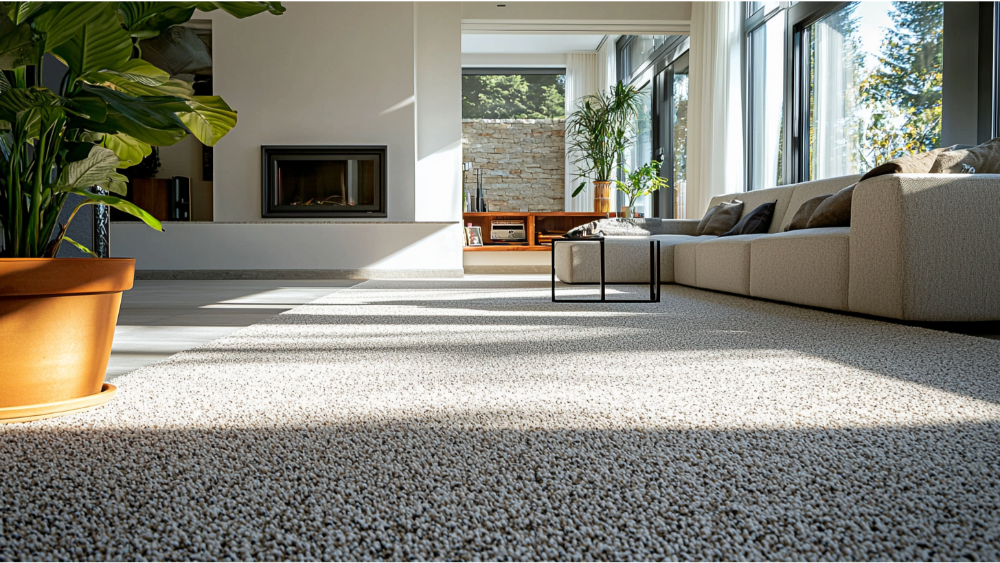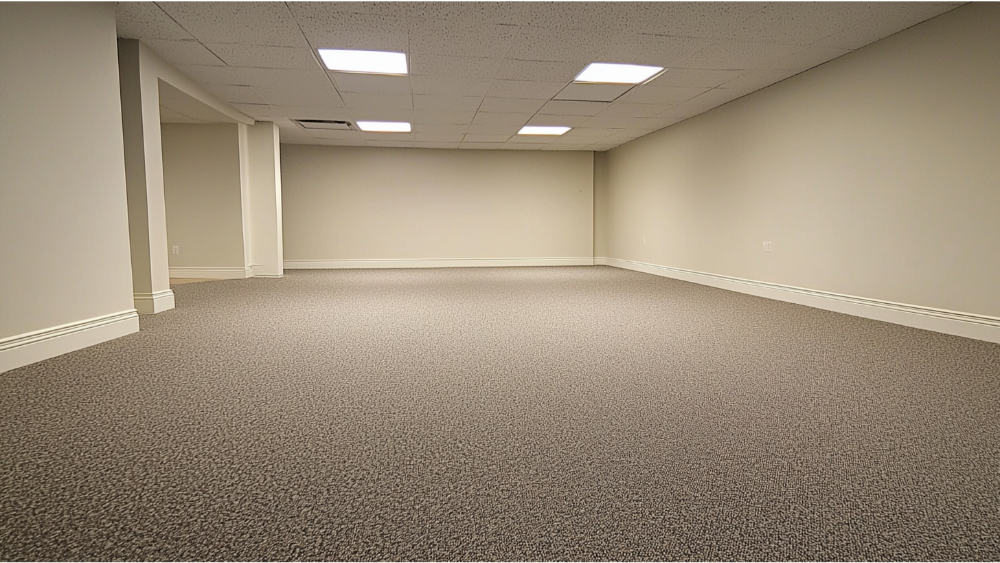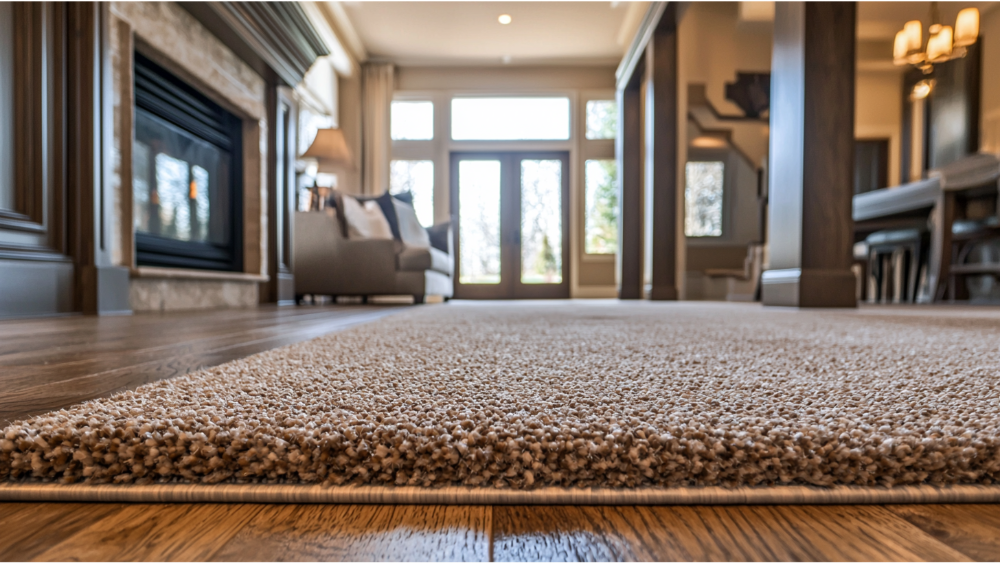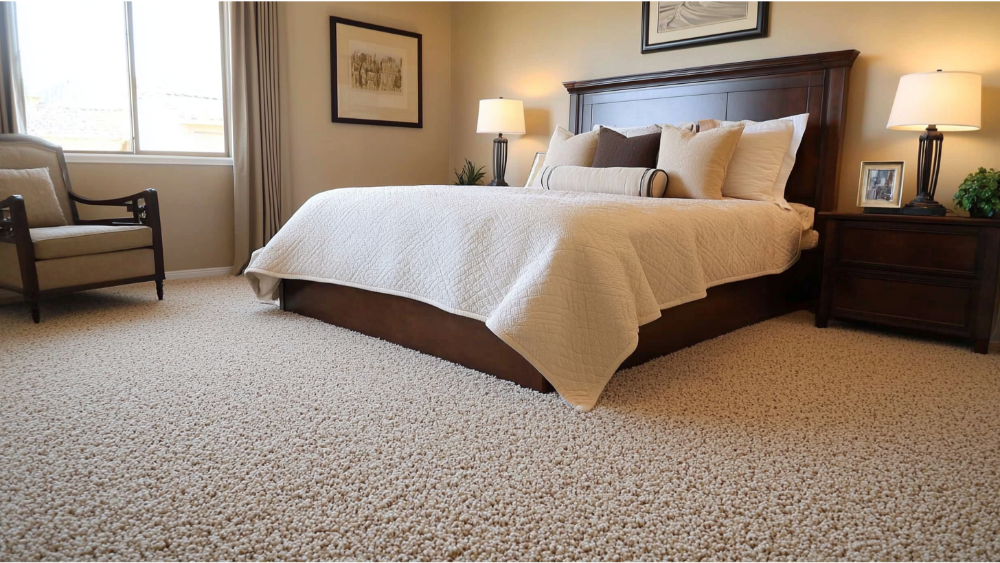If you’ve been staring at your stained carpet wondering whether it’s time to rip it out, you’re not alone. Many homeowners face the same question: How long does carpet last, really? Whether your carpet is starting to look matted in high-traffic zones or you’re dealing with increased allergy symptoms, knowing when it’s time for carpet replacement can help you protect your home’s comfort, health, and value.
At Best Floor Coverings, we’ve helped thousands of homeowners across Kirkland, Seattle, and Bellevue make smart flooring decisions based on lifestyle, foot traffic, and personal style. In this guide, we’re diving deep into carpet lifespan, common signs of wear and tear, and how to maximize your carpet’s life with good care and maintenance.
Average Lifespan of Carpet by Type

So, how long does carpet last? Most carpets will stay in good shape for anywhere from 5 to 15 years, depending on their material, installation, padding, and how much traffic they see day to day. However, other factors, like maintenance habits and indoor air quality play a role too.
Nylon Carpet
Nylon is one of the strongest synthetic fibers available, and it’s a top choice for high-traffic areas in busy homes. With proper care, nylon carpets typically last 10 to 15 years. They’re excellent at resisting stains and wear, especially in spaces like living rooms, hallways, and stairs, where carpet starts to degrade faster.
Polyester Carpet
Polyester carpets are known for their vibrant color and softness underfoot. While they’re budget-friendly and stain-resistant, they aren’t quite as durable under heavy foot traffic. You can expect polyester carpets to last between 5 and 10 years, sometimes less if deep cleaning and professional maintenance are skipped.
Olefin (Polypropylene) Carpet
Olefin is moisture-resistant and ideal for basements or low-use spaces. However, it’s prone to matting in high-traffic areas and tends to show wear and tear more quickly. Most carpets made from olefin last about 3 to 8 years, depending on usage and maintenance.
Wool Carpet
Wool is a premium natural fiber that offers longevity, comfort, and hypoallergenic benefits. With proper care and occasional professional cleaning, wool carpets can last 15 to 20 years. It’s a great choice for homeowners looking for eco-friendly flooring with long-lasting durability.
Pro Tip: Carpet fibers and density affect how long carpet lasts. Denser, low-pile carpets with quality padding underneath are better at resisting wear over time.
High Traffic Areas vs. Low Use Spaces: Why It Matters

Foot traffic plays a major role in carpet longevity. Entryways, stairs, and family rooms tend to see the most action and, as a result, the most wear and tear. Carpet in these areas is more likely to show early signs of damage, including matting, crushed fibers, and visible stains. In contrast, guest bedrooms or formal living rooms may retain their original carpet longer, especially with minimal use.
Adding area rugs, rearranging furniture, and enforcing a no-shoes policy are simple ways to reduce how much traffic certain zones experience, ultimately helping extend the life of your carpet.
How Long Carpet Lasts Depends on These Key Factors
The material alone doesn’t determine how long your carpet will stay in good shape. Other factors like maintenance routines, air quality, and carpet pad condition all play a role.
Carpet Pad Quality and Performance
Your carpet pad—or padding—isn’t just a cushion under your feet. It absorbs impact, supports carpet fibers, and prevents early deterioration. Padding failure is a common reason carpets begin to wear unevenly, sag, or develop odors. When the pad starts to crumble or flatten, it’s time to replace both the pad and possibly the carpet, especially if the padding has been penetrated deeply by pet accidents, spills, or other debris.
Proper Care and Maintenance
Good care goes a long way in maximizing your carpet’s life. Regular vacuuming removes particulate matter that would otherwise grind into fibers and cause wear. Spot treating spills quickly can prevent them from turning into permanent stains. Most carpets also benefit from deep cleaning every 12 to 18 months. Whether you opt for steam cleaning or hire a pro, professional cleaning helps remove embedded dirt, allergens, and bacteria.
Indoor Air Quality and Allergy Symptoms
Older carpets tend to hold more allergens and other debris. Dust mites, pollen, pet dander, and particulate matter build up over time, especially if proper carpet cleaning isn’t maintained. As a result, you may notice more allergy symptoms such as sneezing, itchy eyes, or even respiratory irritation. If you’re experiencing increased allergy symptoms, your flooring could be the culprit, especially if it’s been in place for more than a few years.
Signs It’s Time to Replace Your Carpet

So, how do you know when your original carpet has reached the end of its road? While many homeowners wait until the floor looks completely worn out, there are earlier warning signs you can look for to plan ahead.
1. Bare Spots or Visible Wear
Heavy wear in high-traffic areas can lead to bald patches or bare spots where the fibers have been worn away. Once these show up, replacement is usually the best option.
2. Matted or Crushed Fibers
Matted carpet that doesn’t spring back after vacuuming or cleaning is a sign that the fibers have lost their integrity. This often happens in older carpets and signals that even deep cleaning won’t restore the texture.
3. Persistent Odor and Mildew Growth
If you’ve tried cleaning and deodorizing, but your carpet still smells musty, there may be mildew growth or mold beneath the surface—especially in humid areas. These issues can’t be fixed with cleaning alone and may require full carpet replacement.
4. Stains That Won’t Go Away
Stained carpet can become an eyesore, especially if the discoloration has penetrated deep into the padding. Once stains set in and resist even professional treatment, it’s usually time to replace your carpet.
5. Increased Allergy or Respiratory Symptoms
As carpet ages, it holds more allergens and moisture. Many homeowners don’t realize that older carpets can trigger more allergens and worsen existing health conditions. If you’ve seen a spike in symptoms, that’s a strong sign it’s time to replace.
Carpet Condition Checklist:
- Stubborn stains or odors
- Wrinkling or rippling
- Crushed, matted fibers
- Padding failure or soft spots
- Allergy symptoms at home
- Mold or mildew growth
- Carpet starts to come loose or tear
How to Extend the Life of Your Carpet
While carpet won’t last forever, there’s plenty you can do to keep it in good shape for as long as possible.
Prioritize Regular Deep Cleaning
Professional cleaning removes what vacuuming can’t—like embedded dirt, oils, and allergens. Deep cleaning every 12 to 18 months is ideal for keeping carpets fresh and fibers strong.
Take Preventive Measures in High Traffic Areas
Use entry mats, area rugs, and regular furniture rotation to reduce how much pressure carpet endures in busy parts of your home. Even a small change, like removing shoes indoors, can make a big difference in wear over time.
Address Spills Immediately
Don’t let accidents linger. Acting quickly helps prevent liquids from soaking into the pad and causing stains, odor, or mildew growth.
Inspect Your Padding and Subfloor
Sometimes, carpet damage stems from below. If the floor feels uneven or bouncy, it could be a sign that the padding—or even the subfloor—needs repair.
Comparing Carpet to Other Flooring Options

If you’re thinking about replacing carpet altogether, it helps to understand how it stacks up against alternatives in terms of longevity and maintenance.
Carpet vs. Hardwood
Hardwood floors can last 40 to 100 years with occasional refinishing. They offer high resale value and elegance but don’t match the comfort or insulation carpet provides.
Carpet vs. Luxury Vinyl
Luxury vinyl is water-resistant, low-maintenance, and can last 15 to 20 years. While it’s not as soft, it’s a great choice for kitchens, bathrooms, or homes with pets.
Carpet vs. Laminate
Laminate gives the appearance of wood at a lower price point and typically lasts around 10 to 15 years. It’s a solid option for high-traffic zones, but like vinyl, it lacks carpet’s warmth and sound absorption.
Choosing New Carpet That Lasts
When it’s time to replace, go with a quality carpet and the right pad for your lifestyle. At Best Floor Coverings, we help you weigh options based on room function, how much traffic it gets, and long-term maintenance needs.
Ideal for Busy Households
Choose dense nylon or performance polyester paired with stain-resistant treatment and durable padding.
Pet- and Family-Friendly Choices
Opt for waterproof padding and carpets designed to resist wear, tear, and odor. We carry plenty of styles built to handle life with kids and pets.
Health-Focused and Eco-Friendly Options
Wool carpets and low-VOC materials are perfect for allergy-conscious homes, especially if allergy symptoms or indoor air quality are concerns.
Need help? Our shop-at-home service brings the showroom to you with expert guidance and no pressure.
Frequently Asked How Long Does Carpet Last Question

How long does carpet last in a normal home?
Most carpets last 5 to 15 years depending on material, usage, and care. Nylon and wool tend to last the longest.
What’s the best carpet pad?
High-density foam or rebond padding provides excellent support and extends carpet life. Always match pad quality to the carpet type and foot traffic.
Can I repair instead of replace?
Minor issues like small burns, wrinkles, or isolated stains can sometimes be repaired. But widespread wear or padding failure usually calls for replacement.
Does carpet cleaning extend lifespan?
Yes! Regular deep cleaning keeps fibers healthy and helps prevent damage caused by dirt, oils, and debris.
Should I replace carpet before selling my home?
New carpet instantly freshens up your space and helps it show better to potential buyers, often increasing resale value.
Ready to Replace Your Carpet? Let’s Talk.
If your carpet has reached the end of its life, we’re here to help. At Best Floor Coverings, we make flooring replacement simple, stress-free, and convenient. From in-home consultations to professional installation and follow-up, we take care of it all—on your schedule.
Contact us today to book your free estimate and discover the difference that experience, quality carpet, and personalized service can make.




